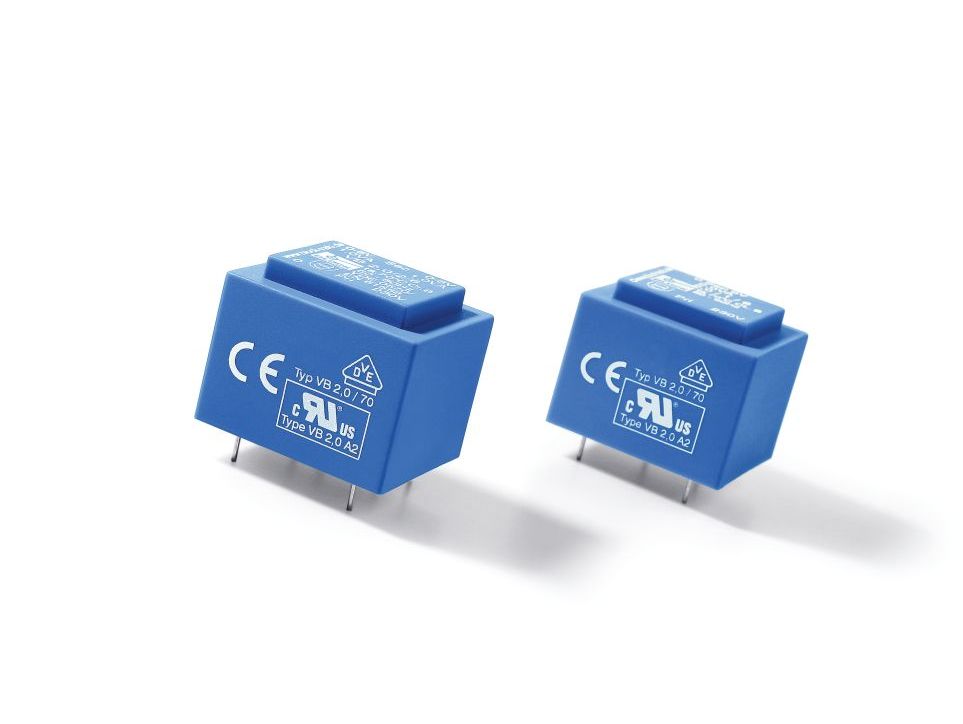Electrical transformers play a crucial role in the transmission and distribution of electricity. They are essential devices that facilitate the efficient transfer of electrical energy between different voltage levels. In this comprehensive guide, we will delve into the fascinating world of electrical transformers, exploring their various types, applications, and benefits.
- Power Transformers:
Power transformers are the backbone of electrical power systems. They are responsible for stepping up or stepping down voltage levels to ensure efficient transmission and distribution of electricity. These transformers are commonly used in power generation plants, substations, and industrial applications. - Distribution Transformers:
Distribution transformers are primarily used to step down high voltage levels to lower voltage levels suitable for distribution to residential, commercial, and industrial consumers. They are typically found on utility poles or in pad-mounted enclosures and are crucial for delivering electricity to end-users. - Instrument Transformers:
Instrument transformers are specialized transformers used for measuring and protecting electrical systems. Current transformers (CTs) and voltage transformers (VTs) are two common types of instrument transformers. CTs are used to measure high currents, while VTs are used to measure high voltages. These transformers provide accurate measurements for monitoring and control purposes. - Auto Transformers:
Auto transformers are unique transformers that have a single winding with multiple taps. They are used for voltage regulation and are more compact and cost-effective compared to conventional transformers. Auto transformers find applications in industries where voltage adjustment is required, such as in variable speed drives and voltage regulators. - Isolation Transformers:
Isolation transformers are designed to provide electrical isolation between the primary and secondary windings. They protect sensitive equipment from electrical noise, voltage spikes, and ground potential differences. Isolation transformers are commonly used in medical facilities, data centers, and audio/video systems. - Three-Phase Transformers:
Three-phase transformers are used in three-phase power systems, where three alternating currents are present. They are widely used in industrial and commercial applications, providing efficient power distribution for motors, machinery, and large-scale electrical systems.
Conclusion:
Electrical transformers are diverse and versatile devices that are essential for the efficient transmission, distribution, and utilization of electrical energy. Understanding the different types of transformers and their applications is crucial for electrical engineers, technicians, and anyone involved in the electrical industry. By exploring the world of electrical transformers, we gain a deeper appreciation for the complex infrastructure that powers our modern world.


More Stories
Performance, Application Scenarios and Selection of External Panel Materials for Outdoor Mobile Shelters
5 Game-Changing Tips to Supercharge Your Home Theater with a Universal Projector Remote
High-Efficiency Automotive Power MOSFETs Optimized for Electric and Hybrid Vehicles’ Powertrain Systems